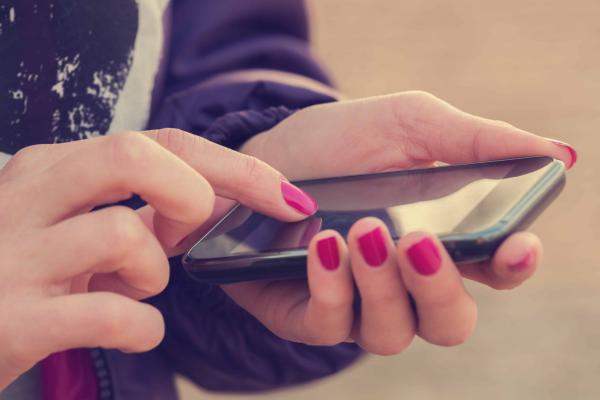
Your emojis may be a little more complicated than you think.
A new study from the GroupLens Research team at the University of Minnesota has found that emojis are designed differently across multiple platforms, which means that the emojis you use may not actually convey the message you want to someone you're texting or messaging.
For example, one emoji sent on an Apple phone may mean something completely different on Facebook Messenger or on a Samsung phone.
To illustrate the point, here's a conversation between Abby, who uses Google Nexus, and Bill, who uses an iPhone:
In the above case, the "grinning face with smiling eyes emoji" (?) - which, the study said, was the most misinterpreted emoji across platforms - meant different things to the texters. On Apple phones, the face appears like someone gritting their teeth, where as on HTC, it's someone smiling in an excited fashion.
To find this, researchers asked study participants to rate 22 different emojis across five platforms by their level of sentiment on a scale that went from strongly negative (-5) to strongly positive (5). For the aforementioned grinning face emoji, Apple users rated it a -1, where as Microsoft, Samsung, LG and Google users all rated it 3 or higher.
The researchers said this study shows how emojis mean different things when used in varying contexts, which adds another facet to our language and understanding of how these simple phone images are used to talk with friends.
The researchers said that "a number of scholars have argued that emoji represent a fundamental shift in language use. As such, fully understanding emoji's role in human communication will be an important step in developing the next generation of language technologies."
This is the first time that research has backed the idea that different systems have varying definitions of emojis, which change the way we use them.
But people have surely debated the meanings of certain emojis over the years. In a piece for Deseret News National, Brittany Binowski highlighted the discussion about whether or not the prayer hands emojiwas actually prayer hands. Some considered it to actually be two hands high-fiving, and not a symbol of prayer.
Some states even favor certain emojis over others, showing there's also a regional difference in which emojis we use. And positive emojis tend to be more popular among users, since they imply positive thoughts that can help you make friends.
All of this is to say that emojis have become an important part of modern language, and continually shape the way we interact with people on a daily basis.
"We all communicate differently, and use slang, emojis, and other things to say what we mean as quickly as possible," according to Digital Trends. "Think about that the next time you send this emoji to your friends and wonder why someone misunderstood the intended meaning. It might be that they saw the expression as half-smile, or perhaps half-frown - or maybe they're just using an iPhone."
Still, you'll want to make sure you're using your emojis correctly so that you don't convey the wrong messages to your spouse or loved ones. To help out, we've created a quiz that'll test your knowledge of emoji definitions. Good luck.
Or, as they say in emoji, ??.

